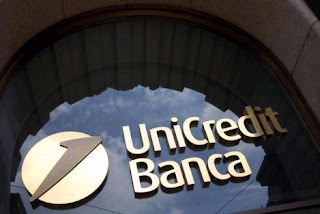 The basic work of human resource is done by the people who manage the line. So I would say that we spare a fair amount of time.”
The basic work of human resource is done by the people who manage the line. So I would say that we spare a fair amount of time.”Hence, the company moved along a path that was ‘development’-oriented rather than being ‘control’-oriented (that was present earlier). The entire human resource functionary in GCPL stems from the top management as Sumit avers, “Adi Godrej, our chairman, is deeply involved with most of the HR initiatives. He holds a chairman tea once or twice a month, wherein, he meets up with new recruits, speaks to them, listens to their issues and also tries to outline the plans for the Group.”
For Complete IIPM Article, Click here
Source: IIPM Editorial, 2006
An IIPM and Management Guru Prof. Arindam Chaudhuri's Initiative
Read more:-
Home Campus Tour Contact Us Sitemap IIPM Think Tank IIPM National rochure IIPM in Media India Today & Tomorrow
Strategic Alliance / Consulting / Intellectual Tic-up Partners Arindam chaudhuri GIDF Planman Consulting Business & Economy 4Ps Business & Marketing The Sunday Indian The Daily Indian Kkoooljobs.com




















